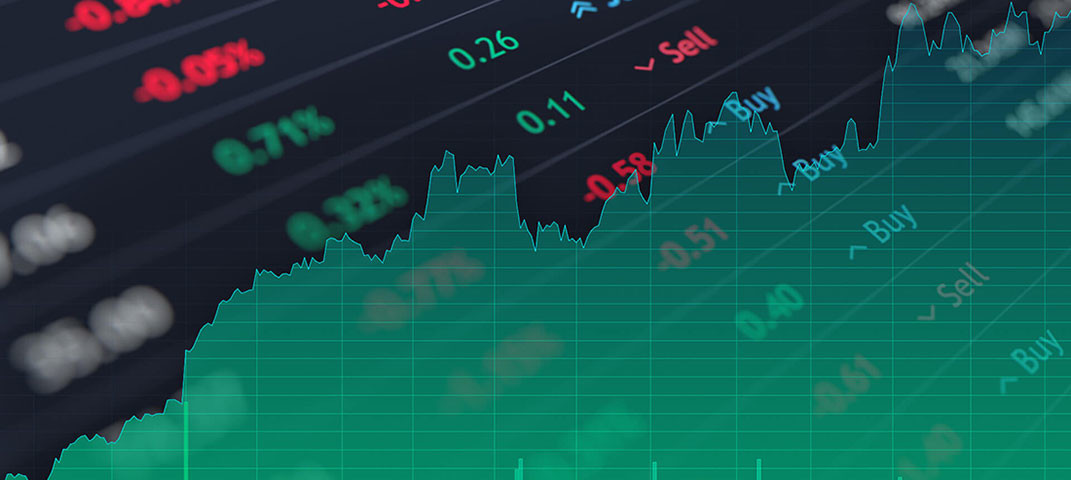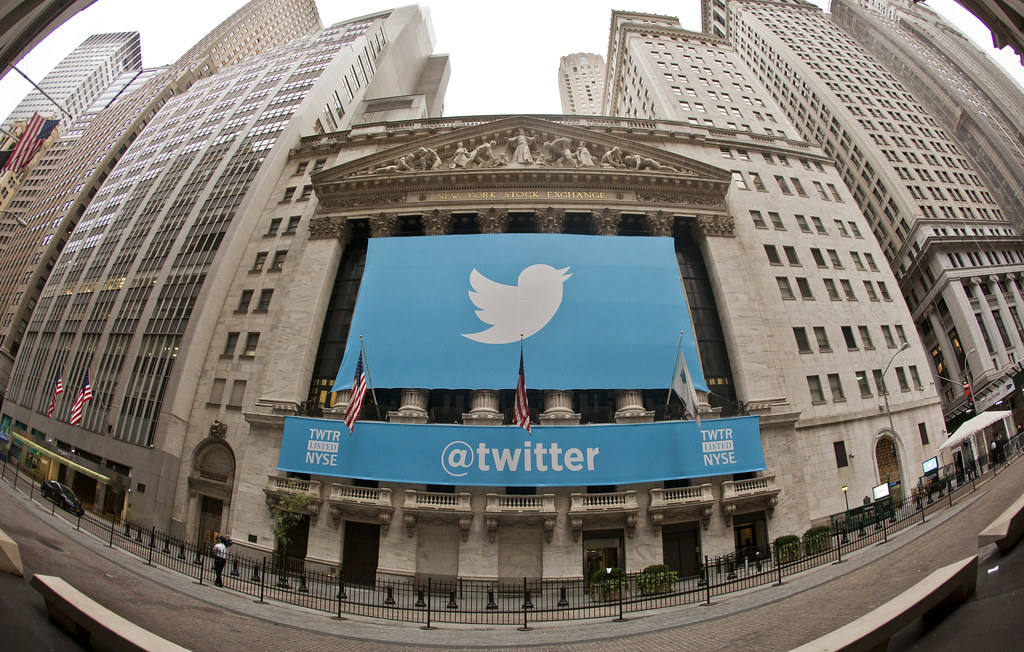Where is Twitter stock? The social media platform known as Twitter has expanded to become one of the biggest and most well-known in the world since its creation in 2006. With its estimated 330 million monthly active users, Twitter has grown into a powerful platform for businesses, governments, celebrities, and regular people to share information and ideas in real time.
A lot of factors make the stock performance of Twitter important. The value of the company’s stock can be used as a proxy for its overall financial health and the possibility that investors will make money in the future. The company’s ability to obtain capital and attract investors, which can be crucial for fostering innovation and development, may be impacted by the stock’s performance.
The purpose of this article is to provide readers with a comprehensive analysis of Twitter’s stock performance. This includes a discussion of future analyst predictions, a study of the company’s past performance, a look at its current state, and an analysis of the factors influencing its stock price. By being informed of Twitter’s stock performance, investors and other stakeholders can make informed decisions on their involvement with the firm.
Historical Performance of Twitter’s Stock

Twitter’s initial public offering (IPO) was launched in November 2013 with a $26 share price. Since its initial public offering (IPO), Twitter’s stock price has fluctuated, with several periods of rapid growth followed by declines.
The price of Twitter’s shares has regularly underperformed since its IPO. In the years following the IPO, the stock price quickly increased, reaching an all-time high of $69.69 in December 2013. The stock price did experience a period of decline, however, and in May 2016 it reached an all-time low of $14.12. Since then, a number of factors that fluctuate over time have affected the stock price, causing it to experience ups and downs.
The main factors affecting Twitter’s stock performance include company statements about user growth and engagement, variances in advertising revenue, and notable partnerships and projects. In addition, broad market trends and investor sentiment may have an impact on how Twitter’s stock performs. It’s also critical to remember that the COVID-19 epidemic and its ramifications on the global economy have had a huge impact on both Twitter’s stock performance and the stock market as a whole.
Current State of Twitter’s Stock
As of the 2021 cutoff date, Twitter’s stock is, in my knowledge, in the following condition:
A. According to my training data, Twitter’s market value is approximately $42 billion and its share price is currently at $60.
B. Twitter recently reported outstanding financial results, with sustained revenue growth and rising profitability. The company has also seen a steady increase in its advertising revenue as a result of improved platform monetization and growing user engagement.
C. Market trends and competitors: Facebook, Instagram, and other significant players in the social media sphere present Twitter with fierce competition. To stay competitive, Twitter has been making investments in new initiatives and partnerships. In order to boost user engagement and attract advertisers, it has also been improving its platform. The company is also closely observing market trends and new technical advancements in order to preserve its position as a leader in the industry.
Factors Influencing Twitter’s Stock Price
The following important factors could affect Twitter’s stock price:
A. User growth and engagement are important metrics for investors and might have a big impact on Twitter’s stock price. Investors look for evidence of user growth and engagement as a sign of a solid and compelling platform that can enhance advertising revenue and overall financial performance.
B. Money from advertising: Twitter mainly relies on advertising revenue, and changes in this revenue can have a direct impact on the price of the company’s stock. Investors look for evidence of a sharp increase in ad revenue as a sign of a reliable and popular advertising platform.
C. Company initiatives and partnerships: Twitter is constantly looking into new projects and alliances in order to foster growth and innovation. New product launches, corporate partnerships, and investments in cutting-edge technology could all be a part of these initiatives and partnerships. Investors look for evidence of solid and successful partnerships and projects as a sign of an innovative and forward-thinking company, which can be beneficial for the stock price.
Analyst Predictions for Twitter’s Stock

It’s important to keep in mind that stock price projections by analysts for Twitter are just that—projections—and not guarantees. However, professional predictions can provide useful information and help investors understand the overall environment surrounding a stock.
A. Overview of analyst rankings: As of my training data cut-off in 2021, most analysts now rate Twitter’s stock as a “buy” or “hold.” Several experts also rate the stock as a “sell.”
B. Projected stock price and earnings: The stock price and future earnings projections for Twitter by analysts might vary greatly. While some analysts predict that the stock price will increase going forward, others predict a decline. The projected price range for stocks can also be very wide; some industry insiders predict that the price per share will be in the low $50s, while others predict that it will be above $70.
C. Factors influencing analyst predictions: Analyst predictions for Twitter’s stock may be impacted by a variety of factors, including the company’s financial performance, user growth and engagement, advertising income, and industry competition. Larger market changes and general investor mood may also have an impact on analyst estimates.
Conclusion
Twitter is a publicly listed company, and historically, its stock performance has fluctuated between periods of growth and decline. The stock price of Twitter can be impacted by a number of factors, including user growth and engagement, ad revenue, organizational goals, and commercial partnerships. While some analysts advise investors to “buy” or “hold” Twitter shares, others advise them to “sell” it.
It’s important to keep in mind that a variety of factors, including user growth and engagement, advertising revenue, industry competition, and general market trends, can affect the stock price. The future outlook for Twitter’s stock is unpredictable. However, many analysts think that the stock price will continue to rise and that the company will experience increased profitability and steady sales growth.
Although purchasing Twitter stock may seem like a lucrative option, it’s important to carefully weigh the risks and unknowns involved. As with any investment, it’s a good idea to do your own research and consult with a financial advisor before making any investment decisions. It’s essential to regularly monitor stock performance and keep up with business and industry developments in order to make good investment decisions.

